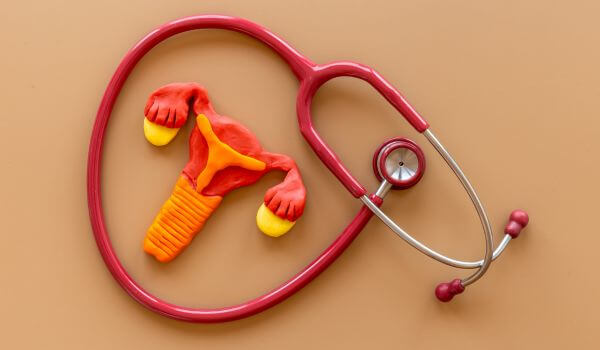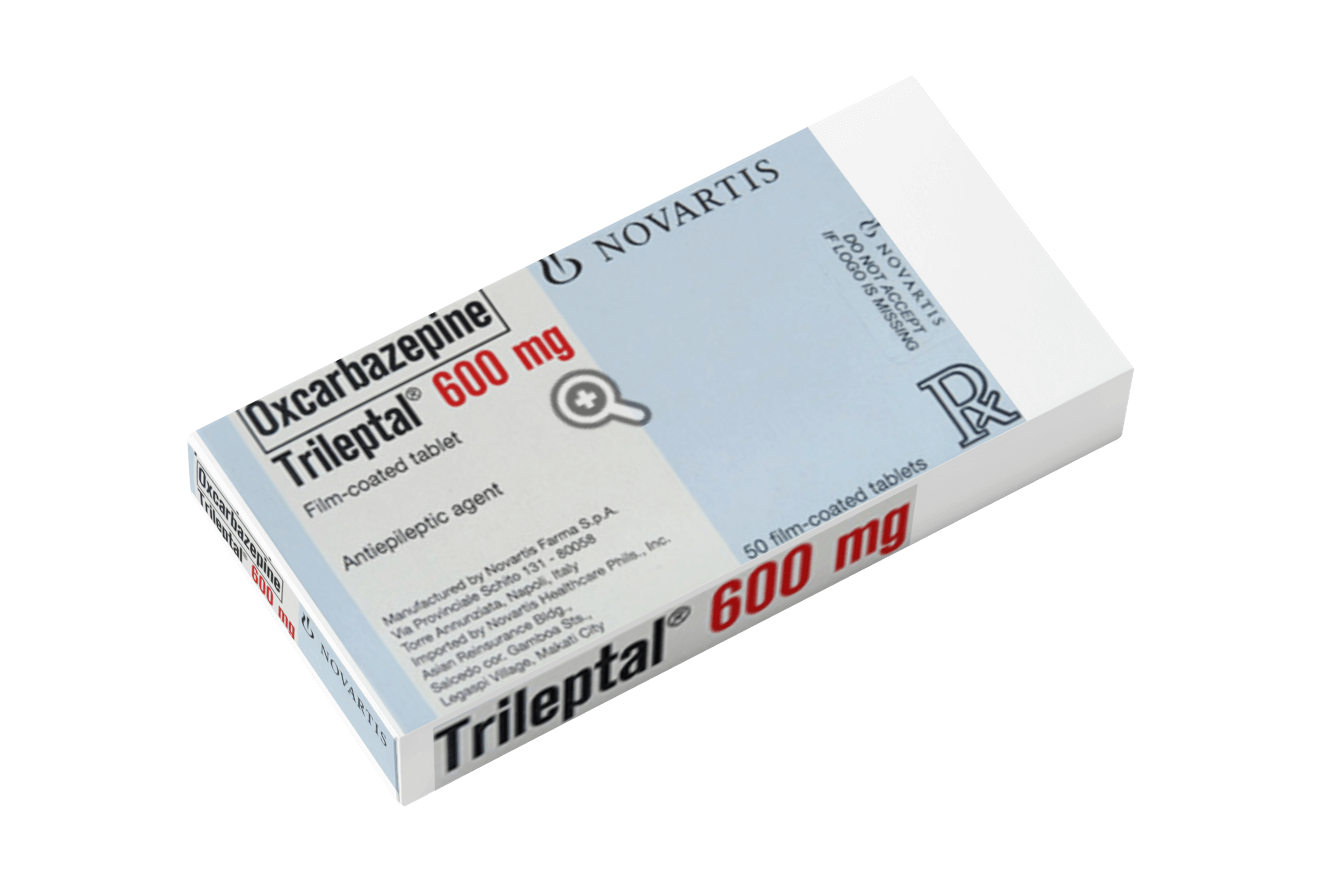Trileptal / Trileptin (generic name: oxcarbazepine) is a medication used to treat epilepsy, a condition marked by recurring seizures and convulsions. It falls under the therapeutic category of anticonvulsant drugs.
The medicine is specifically designed to help manage primary generalized tonic-clonic seizures and partial seizures, whether they spread or not. An accumulation of sodium in the nerve cells is necessary for electrical signals to build up and be passed on to other nerve cells. Oxcarbazepine prevents this, helping stabilize the electrical activity in the brain.
Dosage
Always follow the doctor’s instructions for using the medication. If you are unsure about the proper dosage or treatment plan, seek advice from a doctor or pharmacist.
Trileptin tablets have a score line for easy splitting if swallowing is difficult. Swallow the dose with some liquid; do not crush or chew them. Do not double dose. Do not abruptly stop treatment without consulting a doctor, as it may worsen the condition. Follow the doctor’s advice on when and how to discontinue Trileptin.
Storage
Do not store Trileptal above 86°F / 30°C. Read our article on how to Conquer the Chaos: Top Tips for Safe and Organized Medicine Storage.
FAQ
Is Trileptal a mood stabilizer?
Trileptal is prescribed for managing seizures and occasionally off-label as a mood stabilizer for addressing bipolar disorder symptoms.
Is oxcarbazepine addictive?
Oxcarbazepine is non-addictive and does not induce withdrawal symptoms. Discontinuing oxcarbazepine may trigger seizures, but this caution is relevant solely to individuals prescribed the medication for seizure management.
Can epilepsy start at any age?
While epilepsy can begin at any point in life, it typically starts either during childhood or at the age of 60 and above.
This text is for informational purposes only. Please consult a doctor or pharmacist before using any medication.
Read the information leaflet that comes with the medication.
If after taking Trileptal, a sudden allergic reaction (anaphylaxis) occurs, with symptoms like swelling of the face, tongue, or throat making it difficult to breathe or swallow, or there is wheezing, hives, rash, blistering, or peeling of the skin, call a doctor or 911 right away, or go to an emergency room immediately.
Other severe side effects require urgent attention. These include:
- Swelling of the ankles, feet, or lower leg
- Increasing confusion, drowsiness, headaches, or difficulties moving the arms or legs
- Signs of severe symptoms affecting the skin or mucous membranes, such as blistering, skin peeling, and severe allergic reactions
- Fever, sore throat, ulcers in the mouth, inexplicable bruises, reddish or purplish coloring of the skin.
- Flu-like symptoms with jaundice (signs of hepatitis)
- Severe upper abdominal pain, vomiting, loss of appetite (signs of pancreatitis).
Children under four years of age should be referred to a doctor immediately if they show signs of lethargy, trembling, decreased appetite and irritability, or swollen and painful joints.
Most people who use Trileptal do not experience any adverse side effects. Doctors prescribe this medication because they assess the benefits of such treatment outweigh any likely unwanted effects.
Not all side effects are listed here. If these or other unlisted symptoms persist or worsen, consult a healthcare provider or pharmacist.
Symptoms of epilepsy can include uncontrollable jerking and shaking, known as a seizure. There can be episodes of losing awareness and staring blankly, stiffness, unusual sensations like a rising feeling in the stomach, strange smells or tastes, and tingling in the limbs. Sometimes, a person may lose consciousness and collapse and later have no memory of the event.
Clinicians use electroencephalography (EEG) tests to detect abnormal electrical activity in the brain and determine the type(s) and source(s) of seizures a patient experiences.













